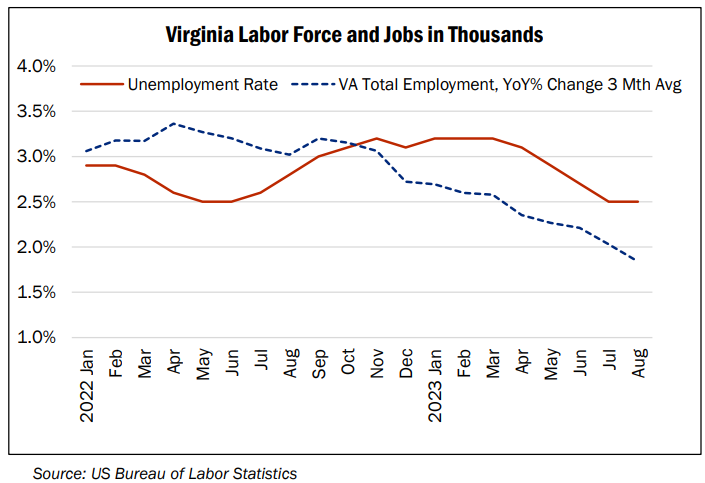“You dance with the one who brung ya” goes one of the oldest sayings in politics.
It means that when elected officials get into public office, they vote with those who helped put them there.
The deadly Hamas attack on Israel, an event slaughtering 1,400 Israelis that Hamas political bureau member Ghazi Hamad called “our message to the world,” has exposed divisions up and down the Biden liberal-left coalition – and sent a warning signal about those who power that coalition.
Polling data demonstrates the split among Democrats, fueled largely by the young and the Left. It has already caused President Biden to shift his tone, and a recent Reuters report noted that “Biden, 80, has evolved in the face of a challenging 2024 reelection bid, (and) threats by some would-be supporters to withhold their votes over his lack of backing for Palestinians …”
Four hundred congressional staffers have signed a letter to their bosses opposing the Administration’s current approach. Two-hundred each among the former volunteers of presidential candidates Bernie Sanders and Elizabeth Warren have done the same. Groups supporting Biden are disbanding.
The divide, and the pressure to move leftward comes from every level of the party, from college campuses to elected officials, and is as evident here in Virginia as anywhere —
- Virginia Delegate Sam Rasoul typifies the younger element pushing the Democratic Party further left. His tweet blaming Israel for a hospital explosion in Gaza remains posted and inflaming voters, after even the New York Times apologized for making the same charge because it was Hamas propaganda. No apologies from Delegate Rasoul.
- State Senator Ghazala Hashmi marched in and spoke at a Richmond protest condemning Israel and ignoring Hamas.
- Fairfax County School Board member Abrar Omeish even objected to a moment of silence for the murdered Israelis. She similarly spoke out against a moment of silence memorializing the victims of 9/11 and while discussing the battle of Iwo Jima.
- Senator Scott Surovell simply blamed Israel for the Hamas terrorism attack.
Such actions have ramifications for elected Democrats and those who support them, and have left many Jews feeling abandoned by those they once trusted. Were a conservative to engage in such conduct, the charge of anti-Semitism would be deservedly loud and clear. But conservatives have already repudiated such anti-Semitism. On the Left, not so much.
The essence of the progressive argument is that Israel’s treatment of Palestinians in Gaza has regularly violated human rights through such means as forcible transfer, administrative detention and the denial of basic rights. It is a legitimate criticism.
But it does not justify terrorism, a condemnation of which the Left seeks to avoid or at least suggest some sort of moral equivalence between Israel and Hamas. The issue is not “do they support Israel,” so much as “how can they not condemn Hamas?”
Videos of the attack, now verified by Human Rights Watch, affirm the brutality of Hamas. To accept the Left’s argument as justification for the slaughter of festival-goers, the offer of $10,000 and an apartment for every hostage brought back to Gaza, young children shot and burned, and assassinating people in their homes is not unlike accepting the notion that Hitler’s regime might perhaps be justified by abuses in the Treaty of Versailles. It is nonsense.
Ignored is the fact that before 2005, Israel occupied Gaza and pulled out when the people of Gaza chose their own political leadership. They elected Hamas which openly sought and continues to seek the “obliteration” of Israel in its Founding Charter. Ignored, too, is that Gaza has been sealed off since 2005 by both Israel and Egypt over fears of attacks. Since then, there have been more than 22,000 rocket attacks into a country the size of New Jersey. Does a nation have the right to protect its people?
Instead, the American Left has gaslit Israel and blamed the victim, an approach bubbling up from college campuses, among academics and in the news media – precisely the sources of sustenance for Mr. Biden’s party. Which is what makes it hard for some elected officials: These are the ones who brung them.
Political parties are already being pushed to their polar opposites, but leadership unable to condemn the slaughter of innocents because of political dependency abdicates the title of leader.
In the time ahead, the issue may not be who they dance with, but rather who is calling the tune.



 Derrick Max is President of the Thomas Jefferson Institute for Public Policy. He can be reached at
Derrick Max is President of the Thomas Jefferson Institute for Public Policy. He can be reached at